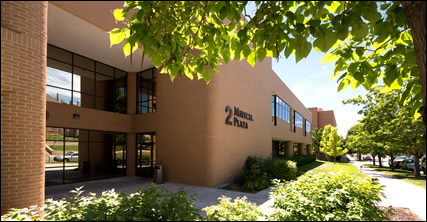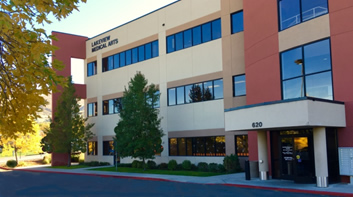Monobloc Advancement
Infants born with faciocraniosynostosis may have severe airway problems, increased intracranial pressure, vision-threatening proptosis and a failure to thrive. Such life-threatening problems may be treated with a one-stage procedure known as a monobloc advancement. This single phase operation releases the stenosis and advances the forehead and facial bones en bloc to a more anterior position. This has the goal of establishing normal function and appearance as early as possible. We feel this procedure has increased risks of infection due to the likely communication between the nasal and intracranial cavities and therefore use it cautiously for such indications as airway compromise or vision-threatening proptosis.

Facial Bipartition
The surgical technique of facial bipartition involves vertical splitting or separation of the facial skeleton into two segments. The procedure has been used to successfully correct hypertelorism with widening and leveling of the lower maxilla. The facial bipartition concept can also be designed to provide a facial advancement in addition to enlargement of the maxilla and medial rotation of the orbits. This procedure offers new possibilities and can be applied to correct a number of deformities in various syndromes in a one-stage procedure. With appropriate indications and careful technique, this procedure can produce dramatic results.


Four year old gilr with Apert syndrome. Postoperative result after monobloc facial advancement
with facial bipartition (medial rotation of orbits).





















